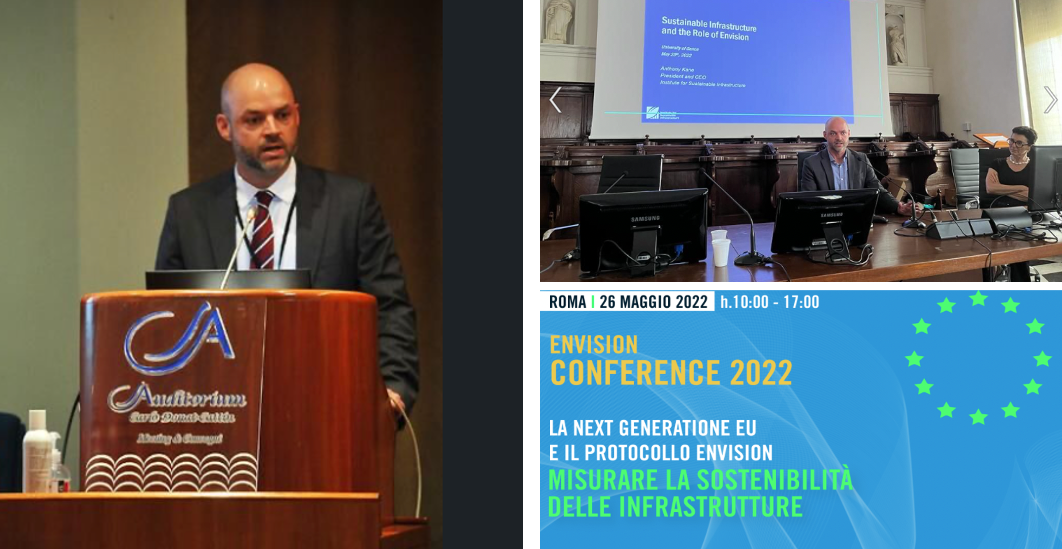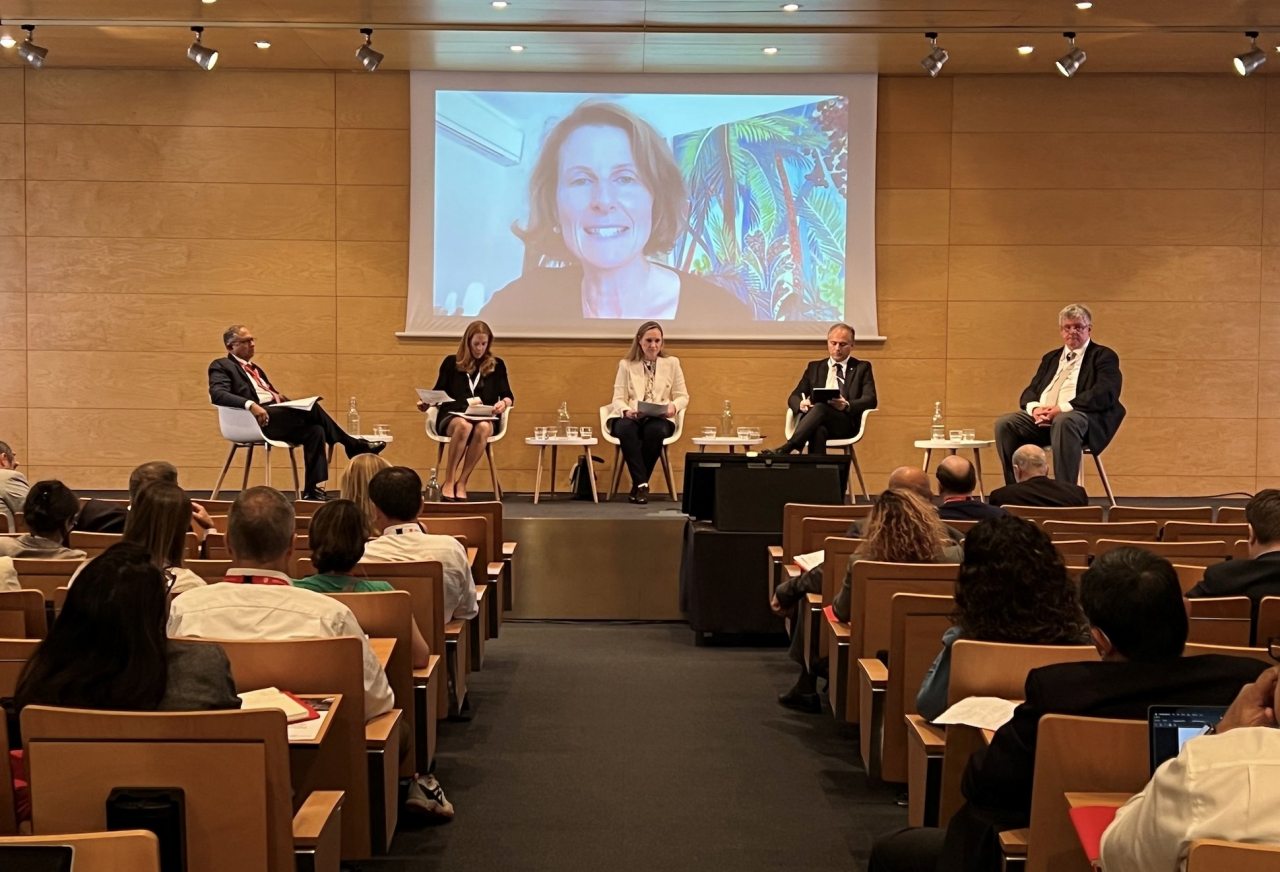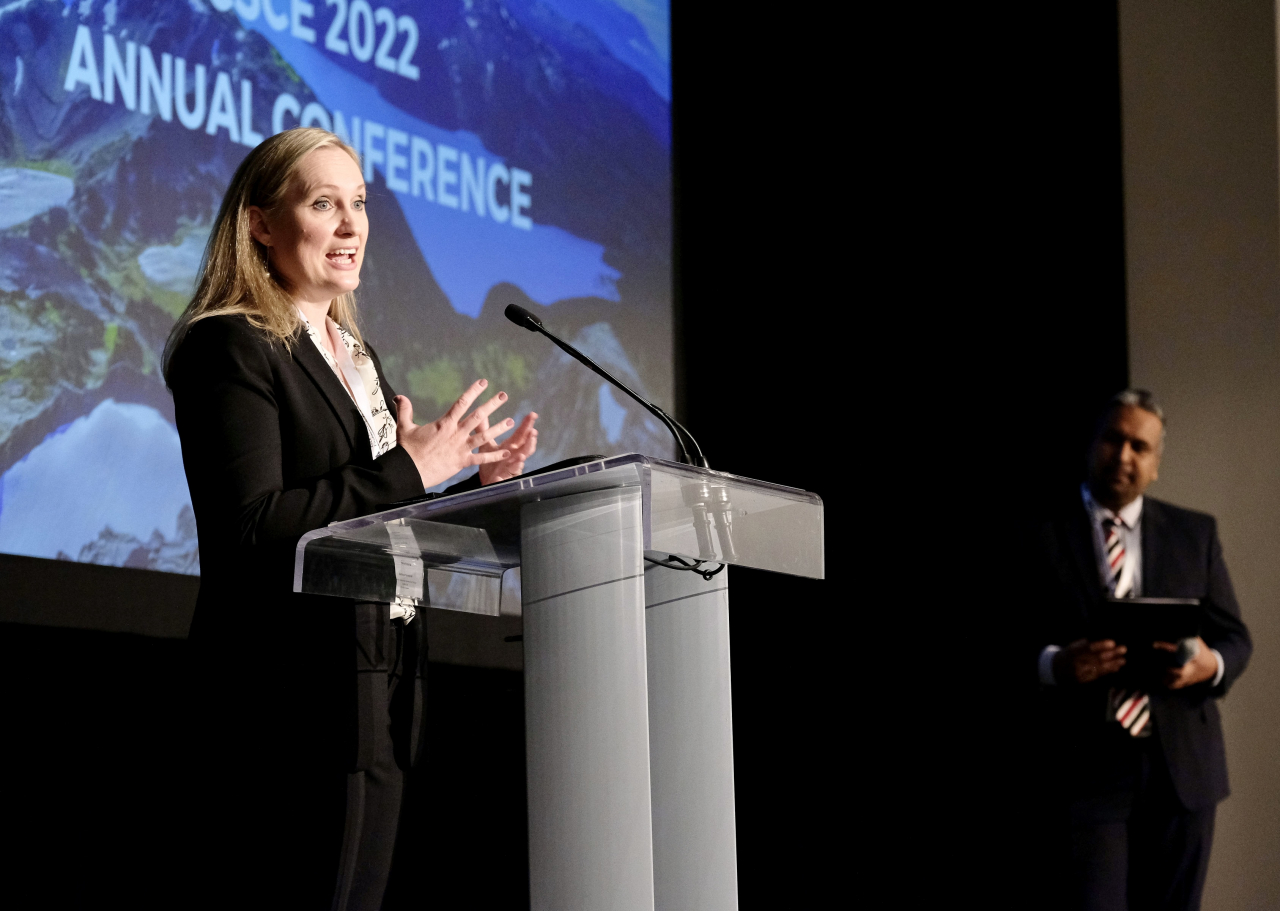Highlights of ISI’s Record-Breaking 2022 Virtual Conference, Expecting More
22-November-2022
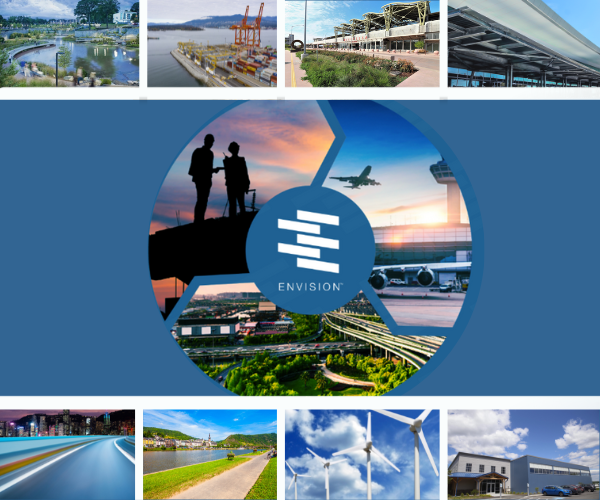 It has been another amazing year for ISI’s signature learning and networking event. Our 2022 conference delivered actionable strategies and insights to advance sustainable infrastructure, with expert panel discussions that connected powerfully to the current operating environment. The event also offered a deep dive into Envision application examples while affording many opportunities for ENV SPs to renew their credential. As we turn the page on this year’s conference, here are some key takeaways.
It has been another amazing year for ISI’s signature learning and networking event. Our 2022 conference delivered actionable strategies and insights to advance sustainable infrastructure, with expert panel discussions that connected powerfully to the current operating environment. The event also offered a deep dive into Envision application examples while affording many opportunities for ENV SPs to renew their credential. As we turn the page on this year’s conference, here are some key takeaways.
The hub of a unique community.
Our conference had something to offer everyone in the architecture, engineering, and construction industry. Professionals from the public and private sectors joined the sessions; among them planners, architects, engineers, developers, owners, constructors, and infrastructure operators.
We lean heavily on our base of engaged Envision champions to deliver this annual conference. So let there be no doubt, we could not have pulled this off without your contributions. We would like to thank the organizing committee, including Justin Waples from the Central Contra Costa Sanitary District and John Williams from Autocase for helping develop this year’s lineup of session topics and speakers. We would also especially like to salute our session moderators and speakers who delivered fantastic content throughout this two-day event.
All told, there were over 1,300 registrants, with most sessions garnering more than 500 attendees from every corner of the infrastructure sector across the US, Canada, and beyond!
A big win for learning and credentialing.
Attendees took the opportunity to fulfill their ENV SP credentialing hours. In case you were not able to attend, the recordings of each session will be available in your ISI account before the end of the year. View them there, rather than through your Zoom Events platform, to earn education hours towards your credential maintenance.
These topics and more were explored: Climate extremes and their implications for infrastructure planning; the future of net embodied carbon; tackling 21st-century infrastructure disparities; climate science and Envision at NASA; the current landscape of policy and administrative priorities; sustainable infrastructure financing; lessons from the airport sector; and the ways in which infrastructure owners and partners are “looking beyond” regulatory compliance on projects.
ENV SPs also took advantage of the pre-conference courses held on November 15 to learn about the Envision framework and examples of Envision application. The morning courses qualified for credentialing hours: “Initiating Envision Use for Organizational Readiness”; and “Preparing for Project Success.”
Strong sponsorship.
We received the support of numerous sponsors, and it was thanks to their generosity that we were able to offer the conference free to attendees. We are grateful to all our conference sponsors:
Platinum: AECOM | HDR | MDR Strategy Group Ltd.
Gold: R.V. Anderson Associates Limited | WSP
Silver: Ethel G. Rubio | 5engineering, llc | RS&H
More ways to connect.
New this year, professionals and students submitted poster abstracts in response to a call from ISI’s Academic Committee. Each day of the conference had a poster and networking session where attendees could join breakout rooms to interact with the presenters. At the close of the conference, on behalf of the committee, ISI’s President & CEO Anthony Kane announced the winners of the poster event, who received prizes in the form of ENV SP training credits.
In the professional category, the winner was Mark Bruder, P.Eng, ENV SP of R.V. Anderson Associates. Bruder and colleagues submitted a proposal describing work done to rehabilitate the Springbank Reservoirs in London, Ontario.
There were two winners in the student category. Kase Poling, a Ph.D. candidate in civil engineering at Virginia Tech, presented his project focusing on recommendations to enable the future design and reconstruction of more resilient communities following the 2016 West Virginia floods. And Naoki Weldon and a team from California Polytechnic State University-San Luis Obispo presented a sustainably-designed transitional housing community, named the Coastal Gardens Community, that used the Envision framework for enhanced environmental, social, and economic benefits.
ISI thanks all participants who took the opportunity to present their projects during the poster sessions.
Final word
Last but not least, ISI extends a sincere thanks to all of you, the attendees who are on the “front lines” in leading the change we are seeking. Your commitment helps drive a future of sustainable, resilient, and equitable civil infrastructure!

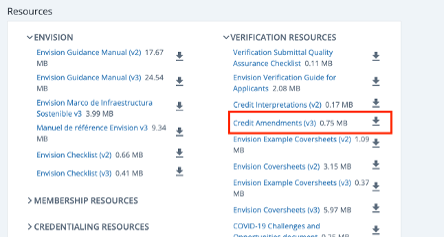

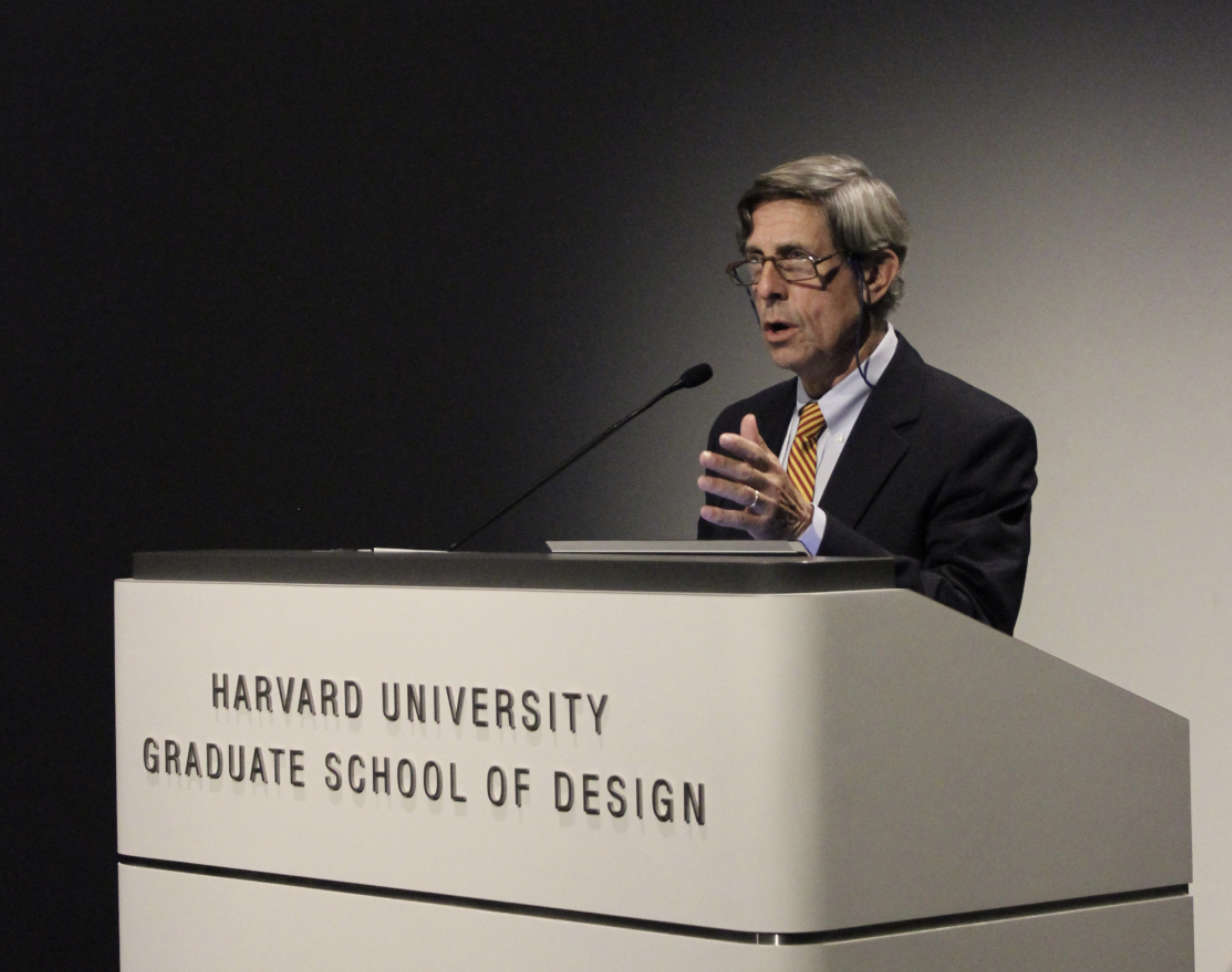
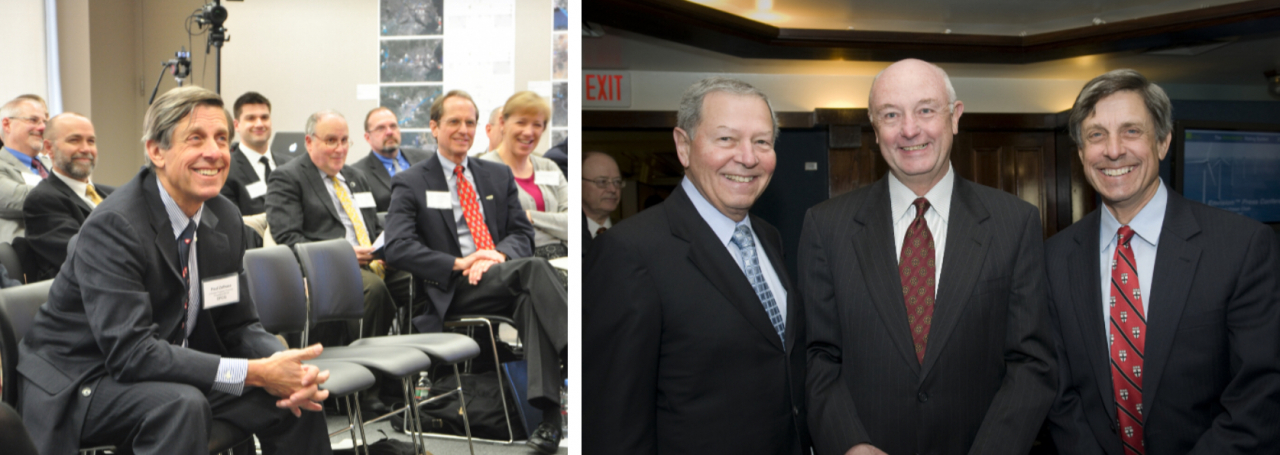
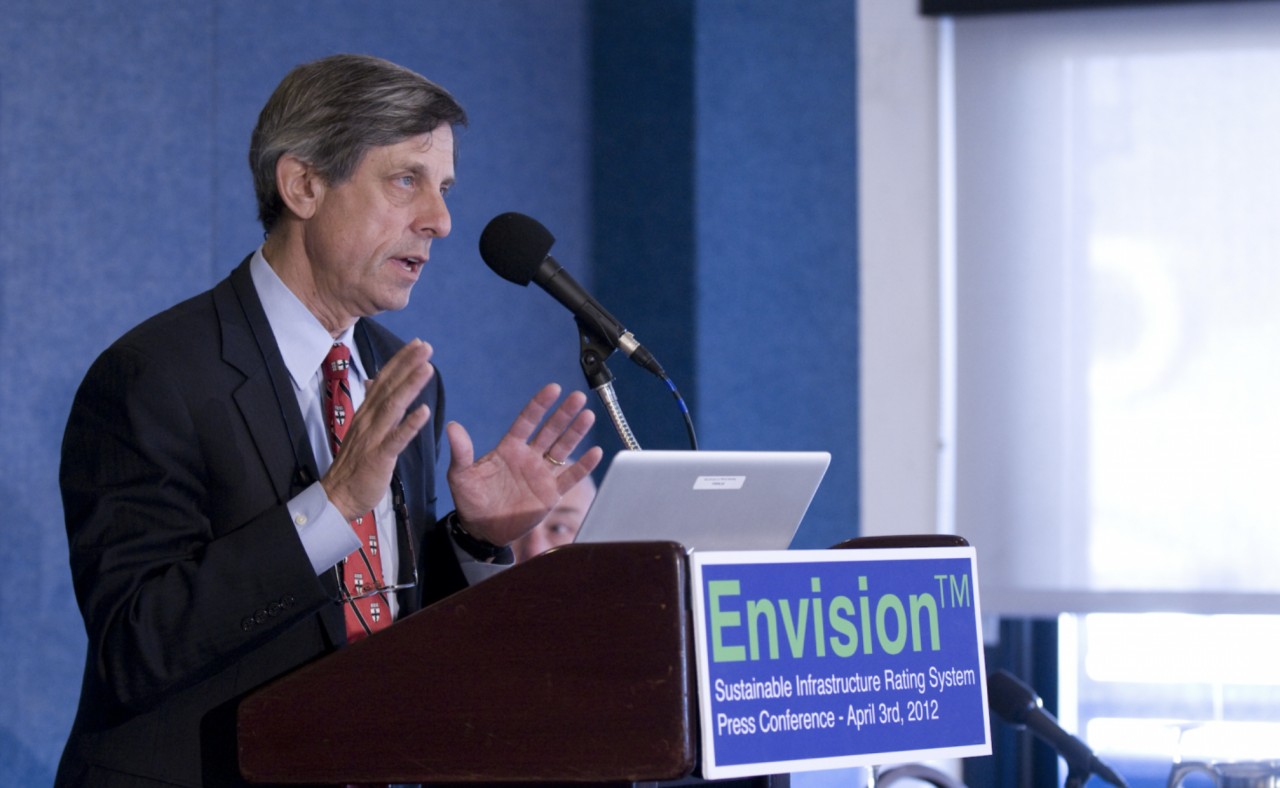
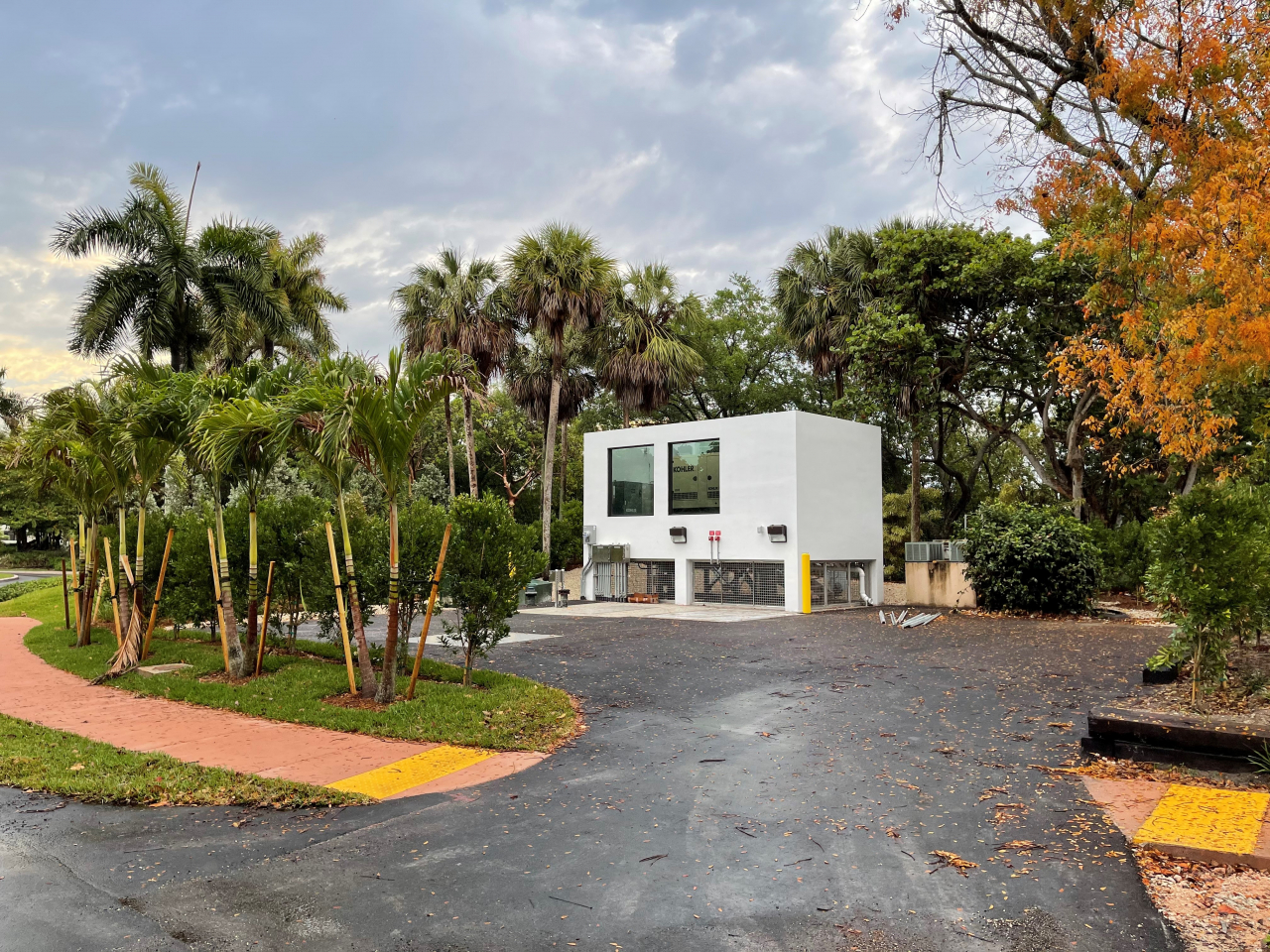
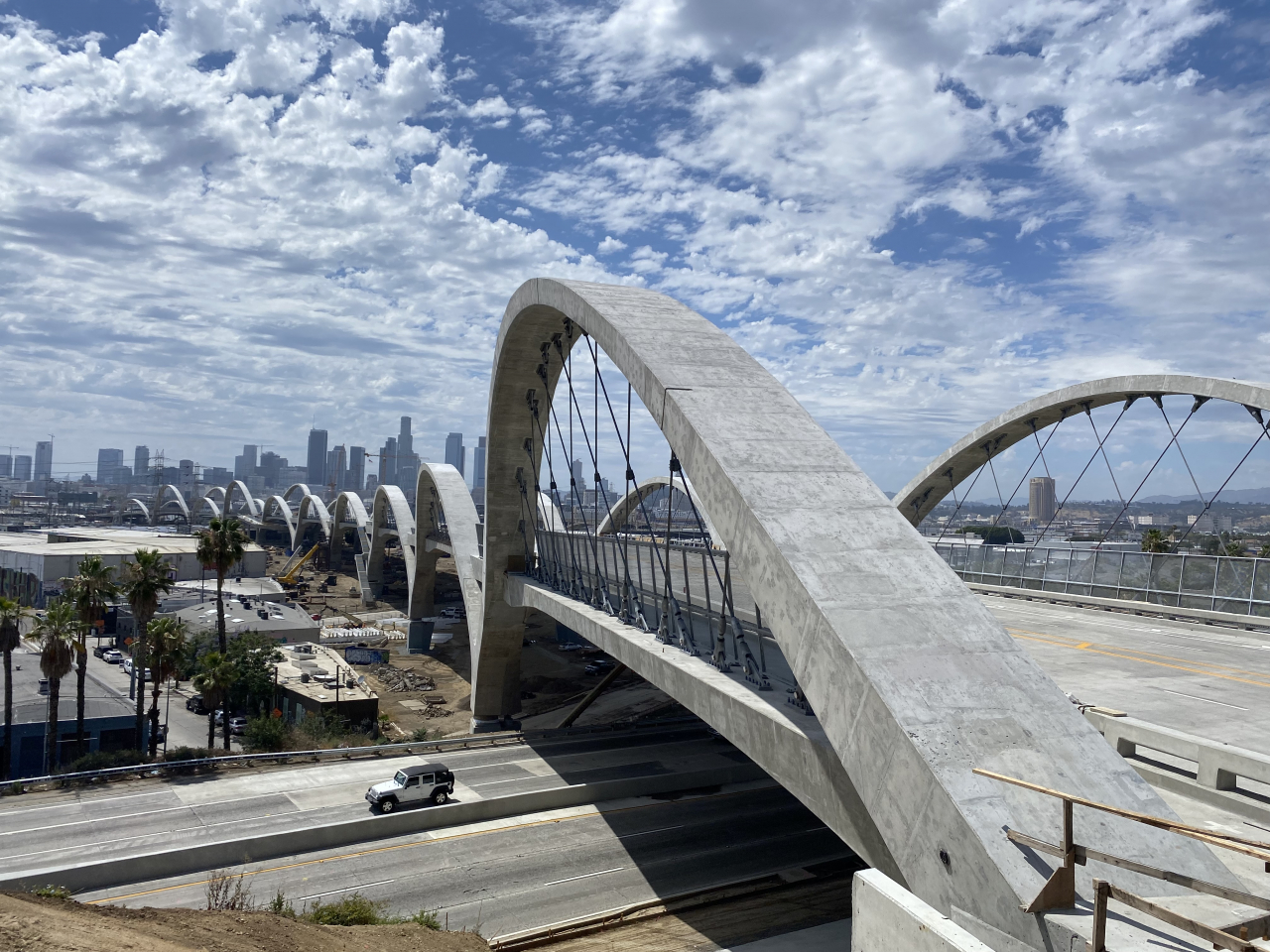
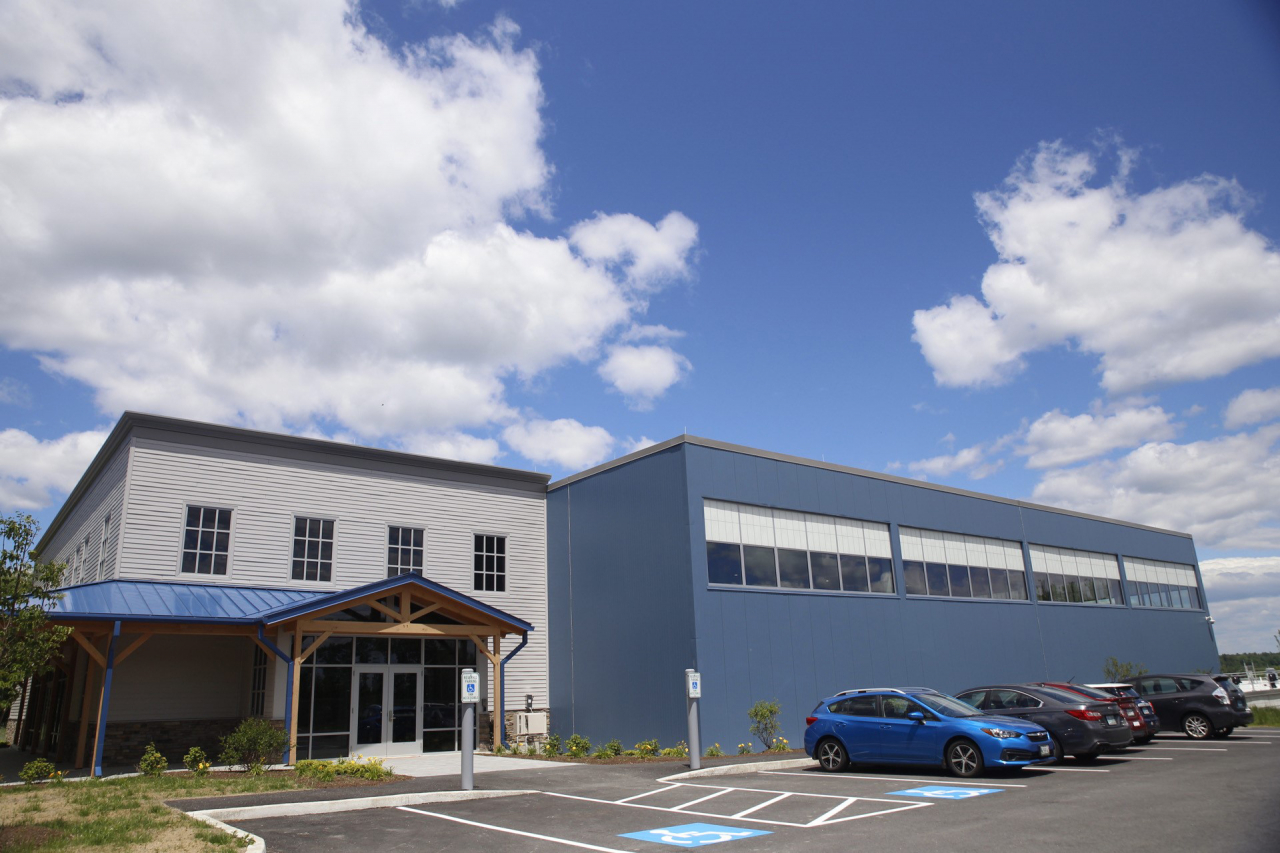 The Institute for Sustainable Infrastructure (ISI) has awarded Maine Water Company’s Saco River Drinking Water Resource Center the Envision Silver Award for sustainable infrastructure. The center treats and filters water from the Saco River in Biddeford, Maine so that 40,000 people in the communities of Biddeford, Saco, Old Orchard Beach and Pine Point have a reliable supply of high-quality drinking water that meets all state and federal drinking water standards.
The Institute for Sustainable Infrastructure (ISI) has awarded Maine Water Company’s Saco River Drinking Water Resource Center the Envision Silver Award for sustainable infrastructure. The center treats and filters water from the Saco River in Biddeford, Maine so that 40,000 people in the communities of Biddeford, Saco, Old Orchard Beach and Pine Point have a reliable supply of high-quality drinking water that meets all state and federal drinking water standards. 